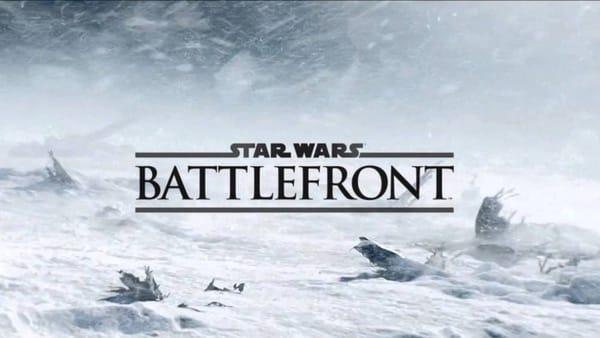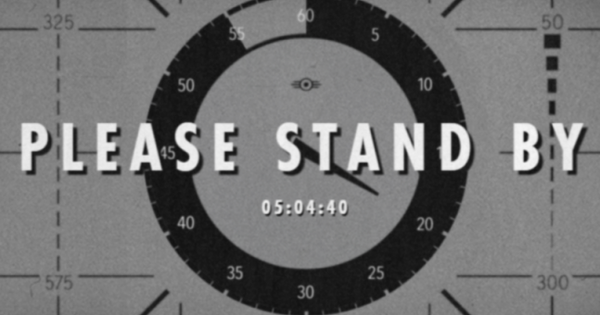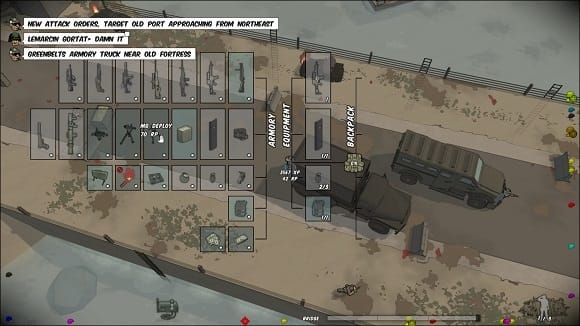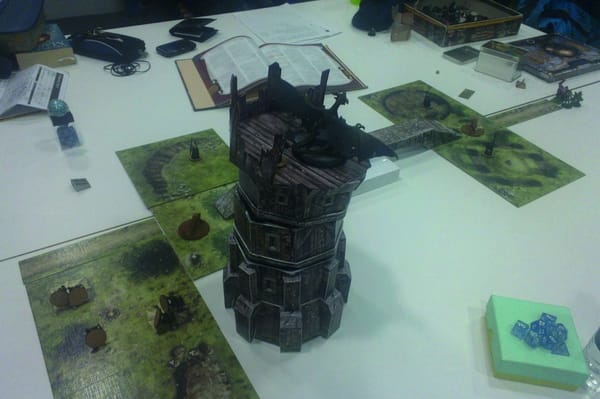The triumphant return of Guitar Hero
FreeStyleGames’ latest rhythm game is addictive, immersive and refreshingly reactive
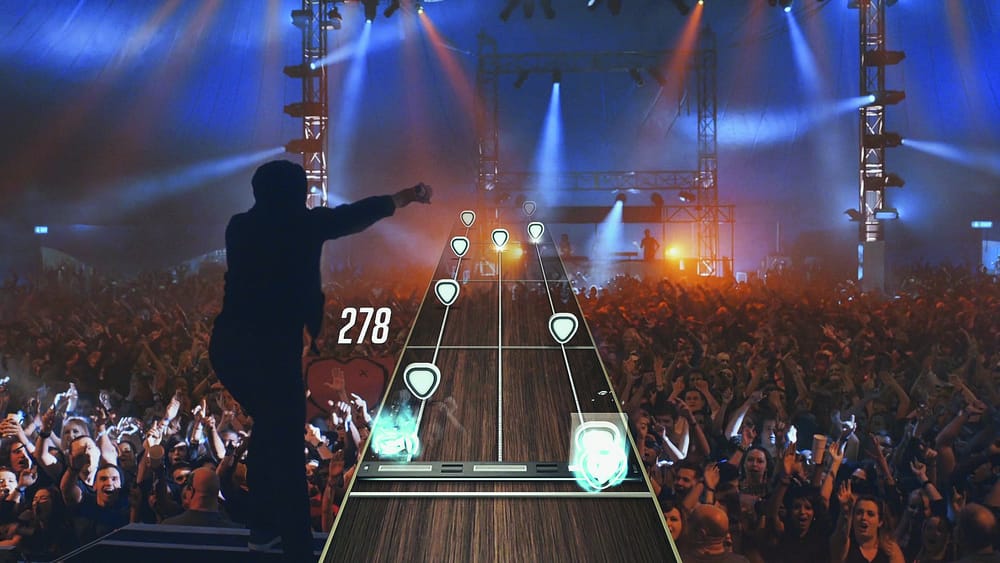
Until recently, the click-clack of plastic peripherals felt like a distant memory. Yet, only five years have passed since the death of the rhythm gaming industry. From billions to almost nothing, in 2010 Activision could do nothing as one of their most lucrative franchises melted away.
To observers, this came as no surprise. A saturated market and consumers’ increasing negativity toward expensive plastic instruments made the downfall of the genre all but inevitable.
From its beginnings in 2005, Guitar Hero grew from a guitar based rhythm game to a full band experience. During this time Rock Band proved a formidable rival, offering a vast online catalogue of songs and a large variety of instruments.
It perfectly emulates the ability of the public to suddenly turn on you
Harmonix hoped to survive the downturn with the release of Rock Band 3. Advertised as a platform to purchase music, they promised to continue supporting the title with new content long into the future, but, by 2013 the release of regular DLC was discontinued.
One of Activision’s last attempts to revitalise the franchise, in the release of DJ Hero, saw critical acclaim and also introduced the world to FreeStyleGames who would later go on to develop Guitar Hero Live. Offering a wide selection of musical genres and interesting gameplay mechanics, it proved that there was space left in rhythm gaming to innovate.
Five years later and we’re beginning to see the future that it promised.
Guitar Hero Live’s announcement earlier this year surprised many when it was revealed that the game would replace the series’ semi-cartoonish 3D graphics with high definition FMVs (full motion video).
Today, it’s rare to see FMVs in such high profile games; they offer limited interactivity in a time when consumers want deep and engaging worlds.
For rhythm games, the background has always been secondary. In resurrecting the franchise, FreeStyleGames could have made the decision to render the entire crowd at runtime, a task which modern consoles might have struggled with. Instead, their use of reactive FMVs has allowed the studio to create highly realistic graphics on a (probably) relatively small budget.
It perfectly emulates the experience of being a musician and the ability of the public to suddenly turn on you. Reactive crowds boo, frown and look generally miserable whenever you’re playing badly or cheer and hold up encouraging signs when you’re on a note streak.
For a moment you feel like a rock star commanding an audience of thousands until you remember you’re just sitting in your living room in nothing but your boxers strutting on a plastic guitar probably made in China. It’s the most immersive Guitar Hero has ever been.
The new guitar peripheral replaces the five frets of the past with two rows of three. At first, it’s likely to hurt your brain, however, when it finally clicks it’s incredibly satisfying. With the new button layout, the developers were able to introduce bar chords and other more complex combinations. The added challenge might put off newcomers, but it’s easily the closest you’ll get to playing a real guitar with a plastic instrument.
TV mode is arguably the game’s most innovative feature. In the past, to unlock new content Guitar Hero and Rock Band required you to purchase music on their in-game stores.
With Live, you can tune into a 24 hour streaming channel where you’ll be able to compete with other users in real-time. Two channels offer different genre based shows (from Indie hits to Metal classics) with brief intermissions that shamelessly imitate MTV.
The full catalogue of songs from both channels is available at all times and if there’s a song you want to play again you can pay (with real or in-game money). This new model of video game consumption reflects the music industry’s move away from ownership. Luckily, the vast amount of replayability that comes with it is well worth the sacrifice.
While previous games only offered evolutionary changes, Guitar Hero Live is the first revolutionary release in the franchise. It’s a rhythm game for the Netflix generation, offering nearly unlimited content.
Guitar Hero Live by
FreeStyleGames is available now



